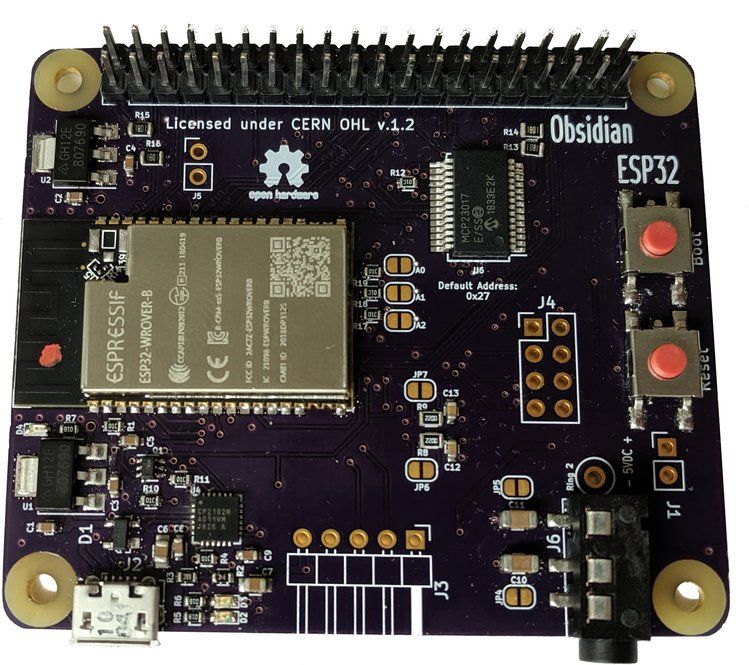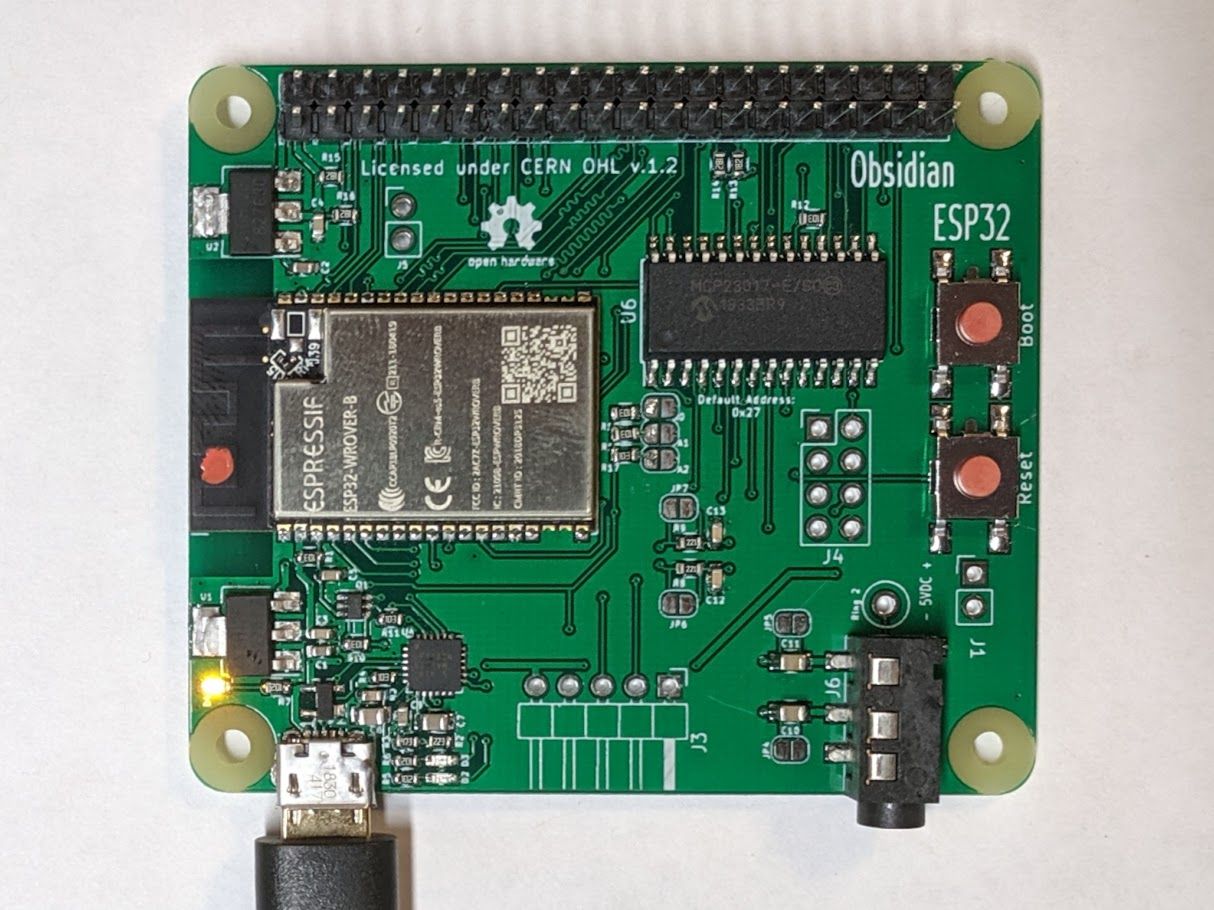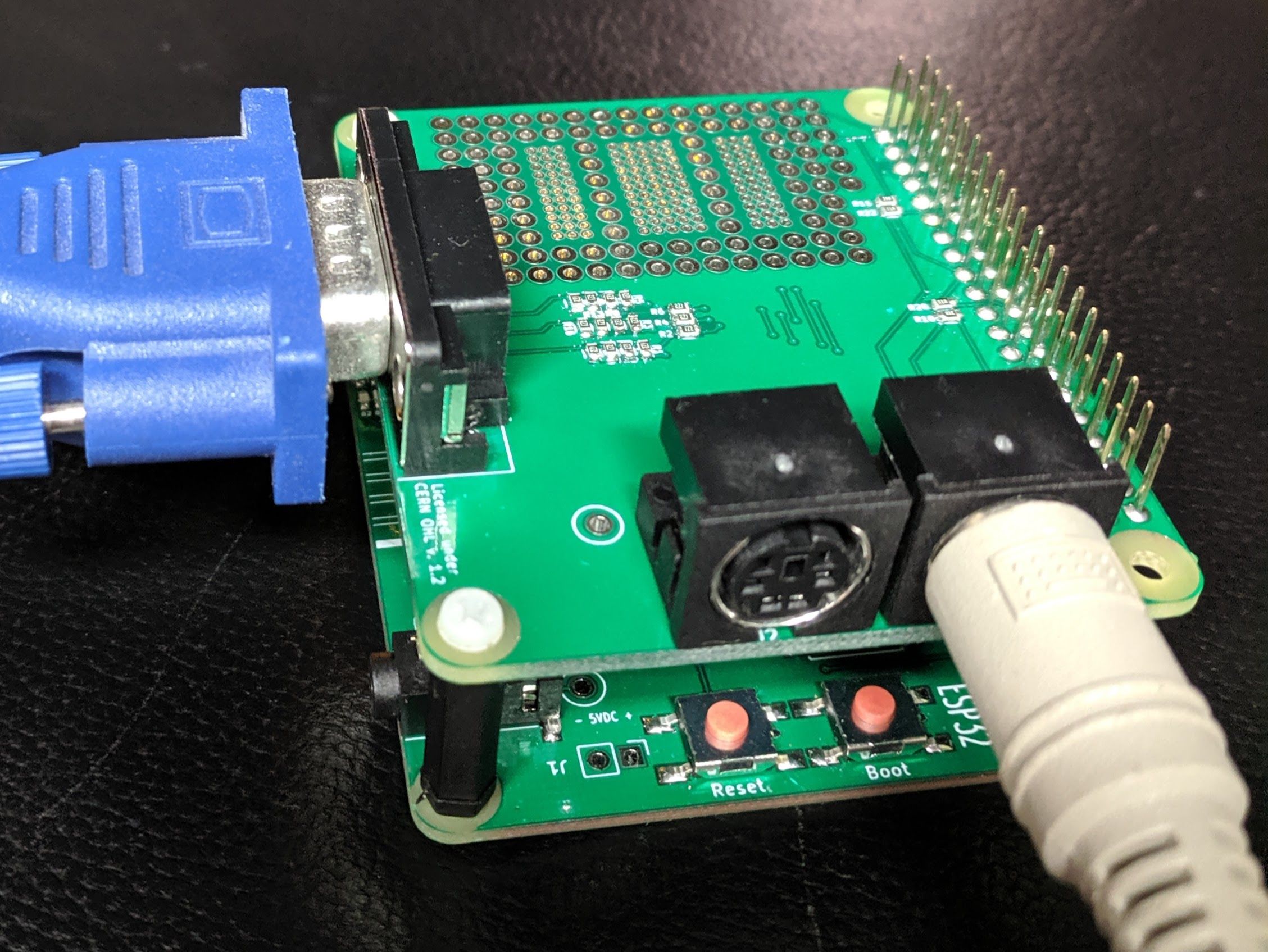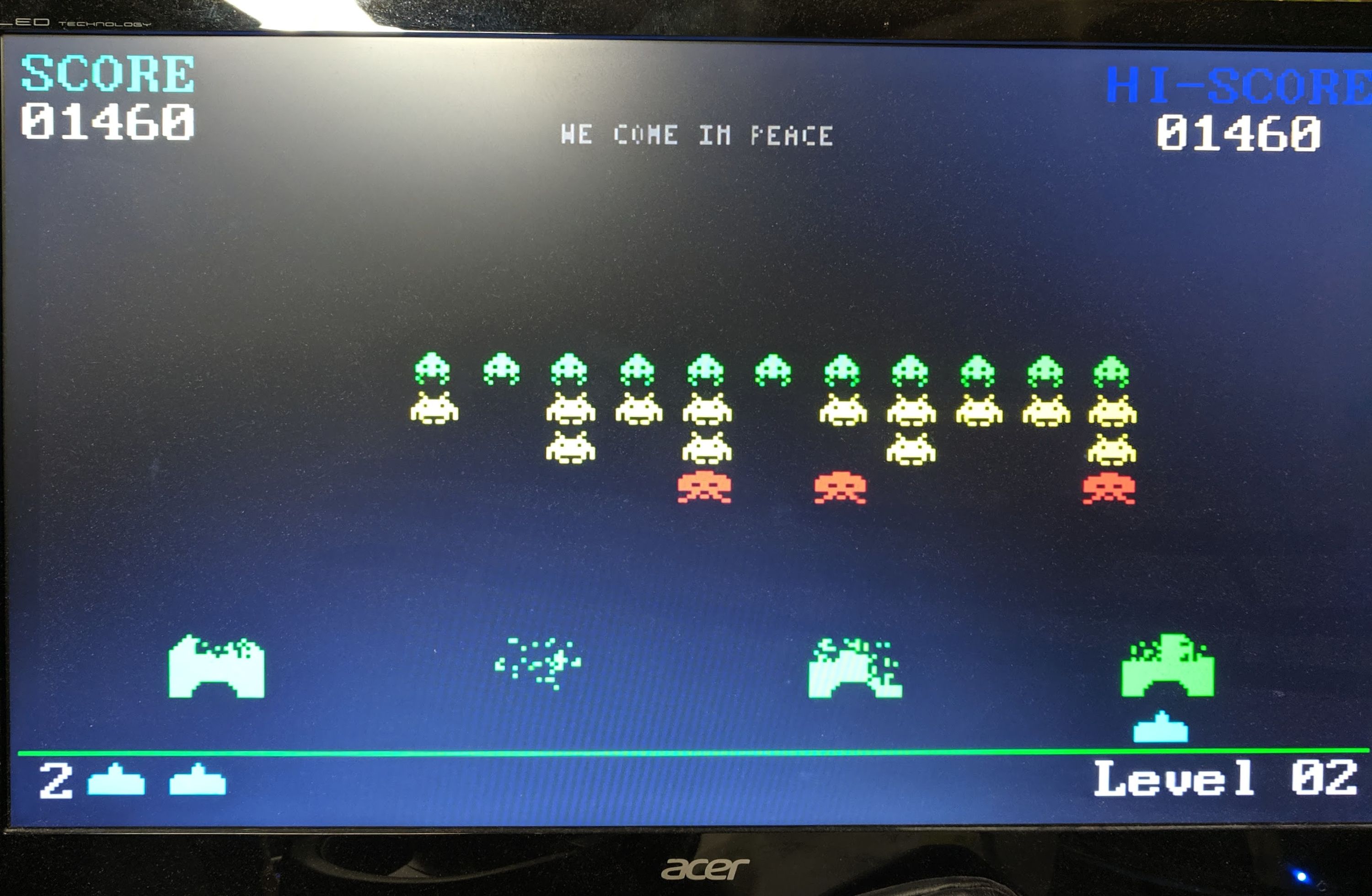Project update 6 of 13
Last Week!
Only 4 days left as I write this, and it makes it seem as though this all went too fast.
Two design revisions have taken place since I approached Crowd Supply with my project, the first was to improve the I2C speed capability to both the GPIO header and to the IO expander via the pull-up resistors, making them match the Raspberry pi, fixing a floating ground that had snuck by my testing because of a shared ground between my speakers and the board, and selecting a more appropriate set of pushbutton switches, and some more general adjustments. Those are the purple boards you see on the campaign page:
The second revision was a bit more striking, the movement of a GPIO pin to support SPI TFT displays was accompanied with some other more noticeable changes I described in a previous update, yielding the green boards:
Production will of course be black (gloss, not matte, this was a question posed on Twitter amid concerns of the cleanliness of matte black, something I’ve experienced firsthand)
My first dedicated peripheral has gone through a single prototype run, the FabGL Hat. It’s design is also on Github, although at this moment it is not recommended for use unless you’ve a real hacking spirit: https://github.com/singleboardsolutions/FabGL-Hat
I identified a couple of mistakes. FabGL uses every available native GPIO on Obsidian ESP32 to display 64-colors on the VGA screen with mouse and keyboard support, so I accidentally trampled over one of the boot mode pins. I’ve soldered a solution to the prototype hat and will update the design once I can verify full capability.
Thank you again to everyone who’s expressed interest, backed the project, provided feedback, and made this a great experience so far!
If you have already backed the campaign and still want to help, please share Obsidian ESP32 with someone you think would be interested!











